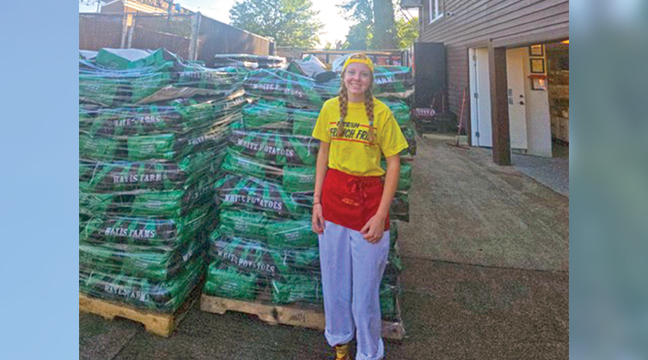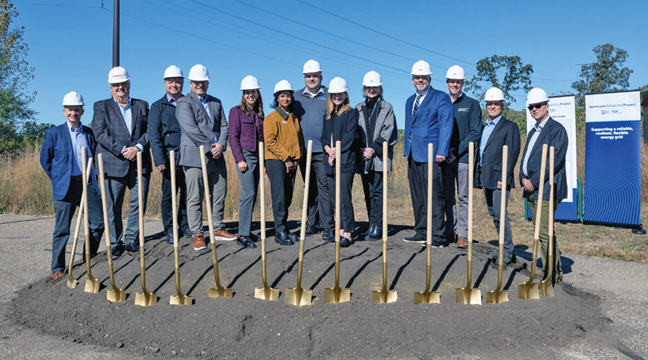Living on a timeline that intersected with many major events in the U.S. space program, it only makes sense that historian Jeffery Williams would have set his sights on space flight early in life.
Williams gave the second presentation in the Winter Lecture Series at the Sherburne History Center Tuesday afternoon, with a program titled “Apollo 11: From the Moon to the Earth.”
Williams began his presentation with a bit of personal history, noting that his parents were married 11 days before Apollo 11 was launched in 1969, and that he was born two years and 11 days later, as Apollo 15 headed for a lunar landing, which makes him one of the “moon babies” of that era.
His youthful timeline was a clear arc, he said, beginning with an appointment to the Naval Academy, then becoming a Marine aviator, joining NASA and eventually entering the political world, culminating with a presidential campaign.
The academy appointment did not materialize, Williams said, though he did join the U.S. Air Force Reserve and served a combat tour in Iraq.
Ironically, on a visit to NASA headquarters, he saw a banner welcoming a new group of astronauts, including Jeffery N. Williams. The presenter’s middle initial is “S”, he said, though seeing his name “almost” on the banner was a thrill.
Returning to school after a 15-year break, Williams said he became enmeshed in the study of history, earning a B.A. from Concordia College in St. Paul and currently working on a master’s degree at St. Cloud State University. A Civil War buff, Williams has also written a book on his experiences as a “Re-enactor” titled Muskets and Memories: A Modern Man’s Journey Through the Civil War.
The presentation included a number of video slides, and many props such as moon maps signed by a number of astronauts, actual Associated Press machine print-outs of moon mission stories that made the national wire-services at the time, official photographs, video clips of President Kennedy’s speeches urging the nation into space and some Life magazine issues devoted to the moon race.
Williams began his program with a description of the race between Russia and the U.S. to gather German rocket scientists after WW II. “Project Paperclip” was the American version, which included the work of Wernher von Braun, designer of the famous V2 rockets that devastated London in the closing stages of the war. It was von Braun’s Jupiter C rocket that enabled the U.S. to stay close to the Russians after the Vanguard missile program failed repeatedly on the launch pad.
The program also detailed the space race as a contest between von Braun and the Russian “Chief Designer” Sergei Korolev, with the Russian effort almost always leading the way, sending up the first satellite, “Sputnik”, the first dog in space, Leika, as well as the first astronaut in space, Yuri Gagarin.
The U.S. was successful with the Mercury program at the time, and had sent up a pair of spider monkeys (named Abel and Baker) before our astronauts John Glenn and Alan Shepard and others made the journey into space months behind their Russian counterparts.
It was JFK’s challenge to reach the moon “by the end of the decade” in a 1961 speech that triggered the funding from Congress and really ignited the moon race, Williams said, and led to the development of the Apollo program and multiple successful moon landings. Williams speculated that astronaut Virgil “Gus” Grissom would have been the first man on the moon had he not been killed in a fire in the Apollo 1 command module during a launch rehearsal in January, 1967 that also took the lives of astronauts Edward White and Roger Chaffee.
More than 150 million Americans watched as astronauts Neil Armstrong and Buzz Aldrin landed on the lunar surface on the Apollo 11 mission, with Armstrong taking the famous first step onto the moon, Williams said, with an estimated world-wide audience of a half-billion watching.
The next lecture will take place at 2 p.m. on Tue., Feb. 11 at the Sherburne History Center. Call (763) 261-4433 for more information. The program will be presented by an SCSU grad student, but the topic had not been finally decided at press time.










